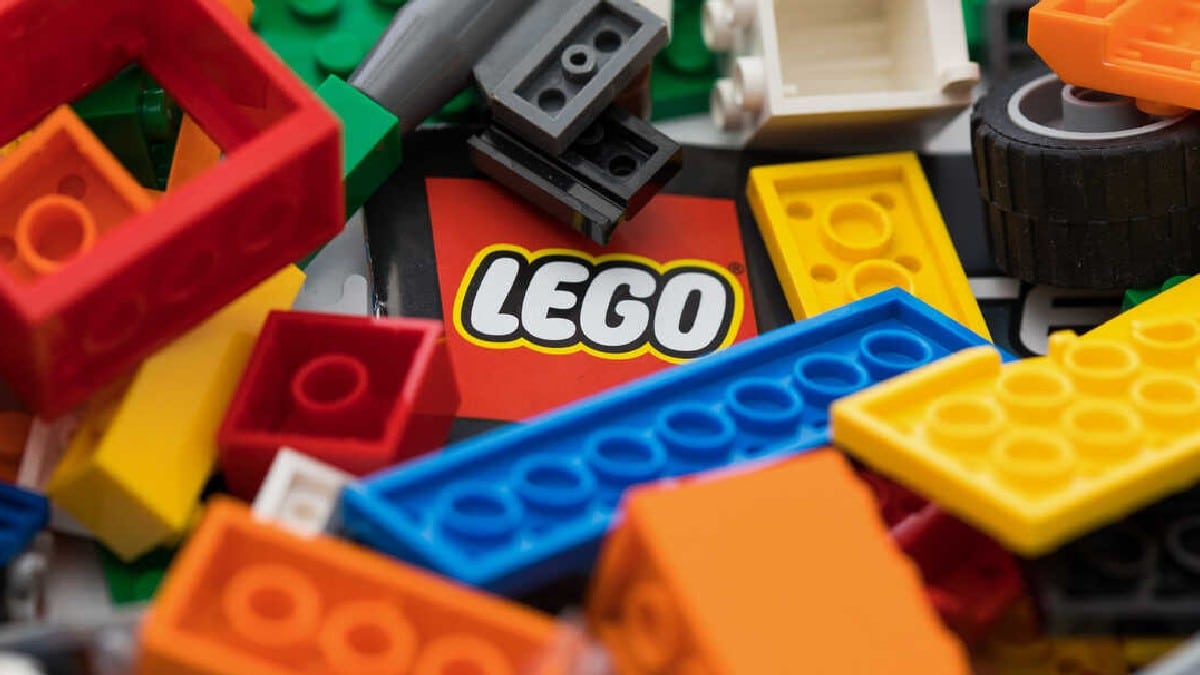This Day, That Year – January 28
Sat 28 Jan 2023
This day in history we feature the Lego. A patent application for the modern Lego brick design was filed in Denmark on this day in 1958.
Trivia – Lego
Lego is a line of plastic construction toys that are manufactured by The Lego Group, a privately held company based in Billund, Denmark. The company’s flagship product, Lego, consists of variously colored interlocking plastic bricks accompanying an array of gears, figurines called minifigures, and various other parts. Lego pieces can be assembled and connected in many ways to construct objects, including vehicles, buildings, and working robots. Anything constructed can be taken apart again, and the pieces reused to make new things.
Related read – Sculpting Legos as an artistic expression to the world
The Lego Group began in the workshop of Ole Kirk Christiansen (1891–1958), a carpenter from Billund, Denmark, who began making wooden toys in 1932. In 1934, his company came to be called “Lego”, derived from the Danish phrase leg godt which means “play well”. In 1947, Lego expanded to begin producing plastic toys. In 1949 Lego began producing, among other new products, an early version of the now familiar interlocking bricks, calling them “Automatic Binding Bricks”. The Lego Group began manufacturing the interlocking toy bricks in 1949. These bricks were based on the Kiddicraft Self-Locking Bricks, which had been patented in the United Kingdom in 1939 and released in 1947. Lego had received a sample of the Kiddicraft bricks from the supplier of an injection-molding machine that it purchased. The bricks, originally manufactured from cellulose acetate, were a development of the traditional stackable wooden blocks of the time. The Lego Group’s motto, “only the best is good enough” was created in 1936. This motto, which is still used today, was created by Christiansen to encourage his employees never to skimp on quality, a value he believed in strongly. In 1958, the modern brick design was developed; it took five years to find the right material for it, ABS (acrylonitrile butadiene styrene) polymer. A patent application for the modern Lego brick design was filed in Denmark on 28 January 1958, and in various other countries in the subsequent few years. The Lego Group’s Duplo product line was introduced in 1969 and is a range of simple blocks whose lengths measure twice the width, height, and depth of standard Lego blocks and are aimed towards younger children. In 1978, Lego produced the first minifigures, which have since become a staple in most sets. In May 2011, Space Shuttle Endeavour mission STS-134 brought 13 Lego kits to the International Space Station, where astronauts built models to see how they would react in microgravity, as a part of the Lego Bricks in Space program. In May 2013, the largest model ever created was displayed in New York City and was made of over 5 million bricks; a 1:1 scale model of an X-wing fighter. Other records include a 34-metre (112 ft) tower and a 4 km (2.5 mi) railway. In February 2015, marketing consulting company Brand Finance ranked Lego as the “world’s most powerful brand”, overtaking Ferrari.
Source – Wikipedia

 Apr 26 2024
Apr 26 2024













